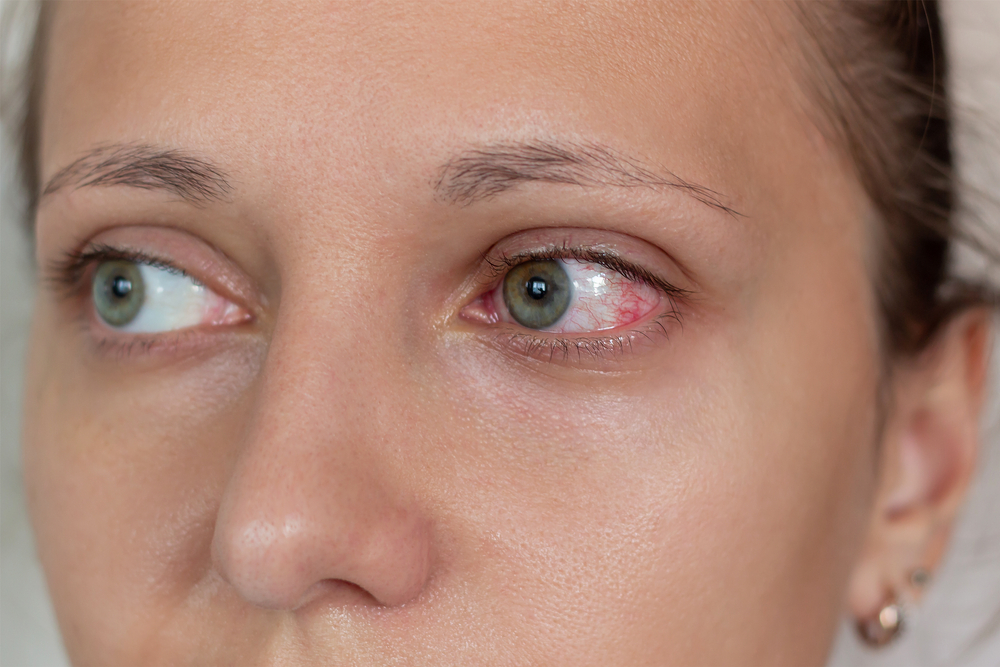Uveitis

The innermost layer of the eye is the retina, which senses light and helps to send images to your brain. The outermost layer is the sclera, the strong white wall of the eye. The middle layer between the sclera and retina is called the uvea, which includes the iris, retina and the choroid. Uveitis (pronounced you-vee-EYE-tis) is inflammation of the uvea.
What is the Importance of the Uvea?
The Uvea contains many blood vessels- the veins, arteries, and capillaries- that carry blood to and from the eye. Since the uvea nourishes many important parts of the eye (such as the retina), inflammation of the uvea can damage your sight.
What are the Symptoms of Uveitis?
Symptoms of uveitis include:
Uveitis may develop suddenly with redness and pain or with a painless blurring of your vision. A case of simple “red-eye” may, in fact, be the potentially serious problem of uveitis. If your eye becomes red or painful, you should be examined and treated by an ophthalmologist (Eye M.D.)
What Causes Uveitis?
Uveitis has many different causes:
If you smoke, stop. Studies have shown that smoking contributes to the likelihood of developing uveitis. In a significant percentage of cases of uveitis, the cause of the disease remains unknown.
How is Uveitis Diagnosed?
A careful eye examination by an ophthalmologist is extremely important when symptoms occur. Inflammation inside the eye can permanently affect sight or even lead to blindness if it is not treated. Your ophthalmologist will examine the inside of your eye. He or she may order blood tests, skin tests or X-rays to help make the diagnosis. Since uveitis can be associated with disease in other parts of the body, your ophthalmologist will want to know about your overall health. He or she may want to consult with your primary care physician or other medical specialists.
Are There Different Kinds of Uveitis?
There are different types of uveitis, depending on which part of the eye is affected. When the uvea is inflamed near the iris (the colored part of the eye), it is called iritis. Iritis has a sudden onset and may last six to eight weeks. If the uvea is inflamed in the middle of the eye, it is called intermediate uveitis. Episodes can last between a few weeks to years. The disease goes through cycles of getting better, then worse. Inflammation in the back of the eye is called posterior uveitis. Posterior uveitis can develop slowly and often lasts for many years.
